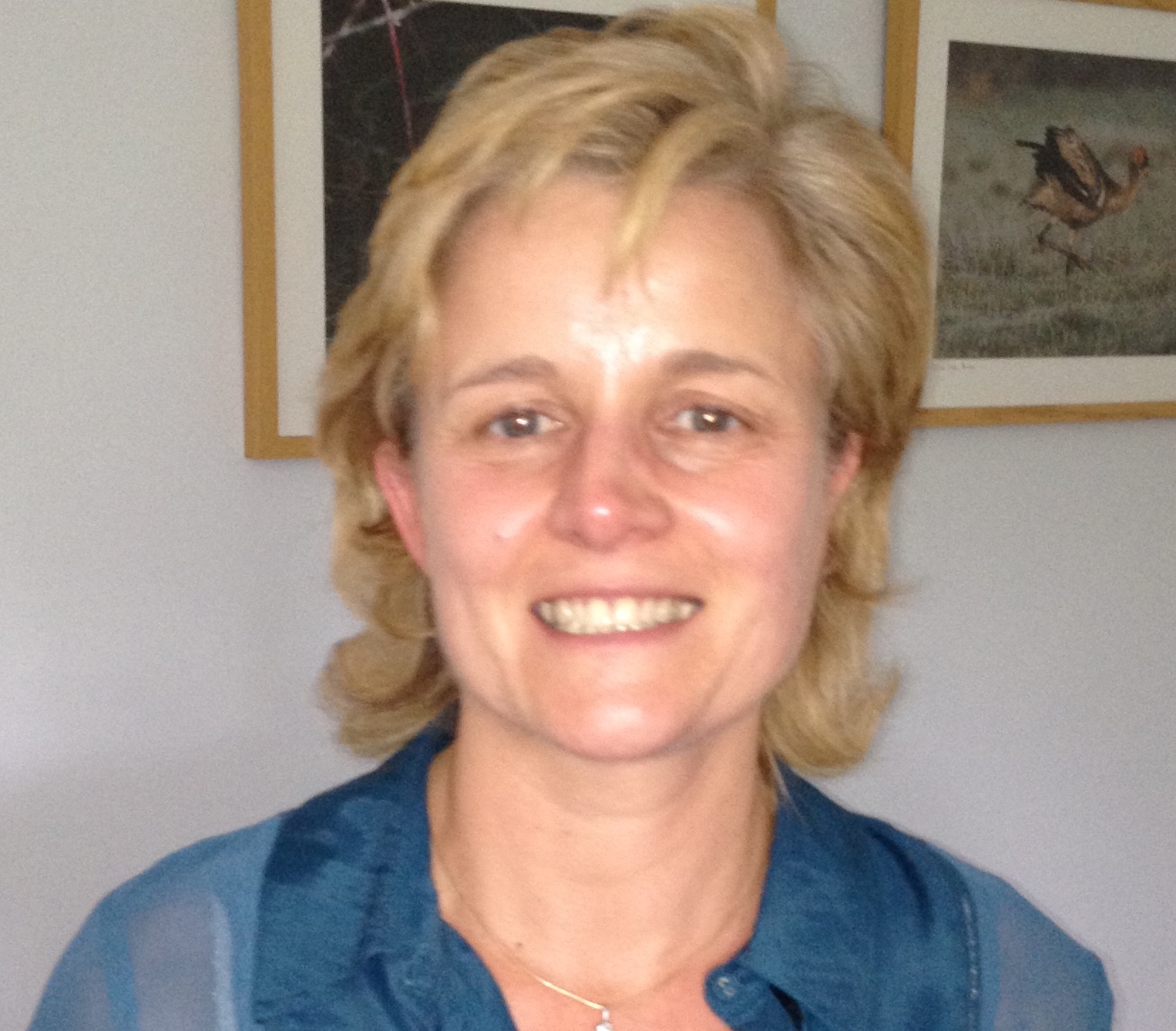Heather Hollett on The Foundation Certificate in Body Science

Heather runs Silver Tree Therapies in the Chilterns triangle, and kindly agreed to take some time out of a snowy day in February to talk to us
Tell us a bit about your background and why you chose to do the Foundation Certificate in Body Science training.
I came from a background in massage, reflexology, and reiki and therefore my anatomy training was quite basic. Two years ago, I was TA’ing CST1 with Caroline and was totally inspired by her passion for teaching anatomy. I’m not sure that when I was studying anatomy for my massage course, I appreciated the relevance of fully understanding how the body worked.
Talking to Caroline about this, she suggested coming along to the Foundation course and revisiting my anatomy training. She explained I wouldn’t have to do the final session on ‘becoming a therapist’, as I already had that bit covered! She also said that it didn’t even matter if I didn’t do the exam, but to just come along and take the bits I needed from it.
Three consecutive days over four periods was a challenge but I found I really enjoyed it. I think it was a combination of how Caroline taught the course, and the fact that after studying the Upledger modules to Advanced level, I could really see how knowing your anatomy can make you a better therapist. I met some lovely new people from all walks of life – nurses, people with backgrounds in biology, science, and business…all starting on their individual journeys of learning CranioSacral Therapy.
What were the best bits – what did you find the most useful?
Even though my initial anatomy training was very basic, I still struggled to absorb information the way it was taught. As I’m a kinesthetic and visual learner, I really benefitted from Caroline’s ‘three -dimensional approach’ to teaching. From making a respiratory system out of play-doh, to making and building up muscles on a skeleton and handling a real skull. It all helped to embed and illustrate everything; how it all worked and where everything is in relation to each other.
At the end of each day Caroline taught the group basic palpation skills. I used this an opportunity to palpate my way around all the areas that we had learned about that day, which is so much easier when you have the knowledge fresh in your mind. I found that I could hold the visualisation of what I had under my hands; and how each muscle, tissue, bone, vein or organ all felt so different from one another. The three full days covering pathologies was particularly useful too as this was an area not really covered in my earlier training. I decided to sit my exam in the end, as I was keen to demonstrate just how much I had learned!
How has doing the training changed your work?
I now fully understand what is under my hands, which gives me huge confidence in what I am doing. Even if I can’t remember the name of a muscle or vein, it doesn’t put me off, because I have absolute confidence that I know where it is, how it works, and I can visualise it.
What are you doing now?
Having just handed in my essays, I plan to do my techniques exam before the summer. In fact, the essays on the foundation training really helped me to get back into the swing of essay writing. I’m also TA’ing next week in Solihull, so looking forward to seeing everyone there.
What would you say to people considering the Foundation Training?
That it’s not just for people without any anatomy training. I found it so useful to do with experience as a therapist, because it ‘pulled it all together’ for me and I could relate it back to my practice.

